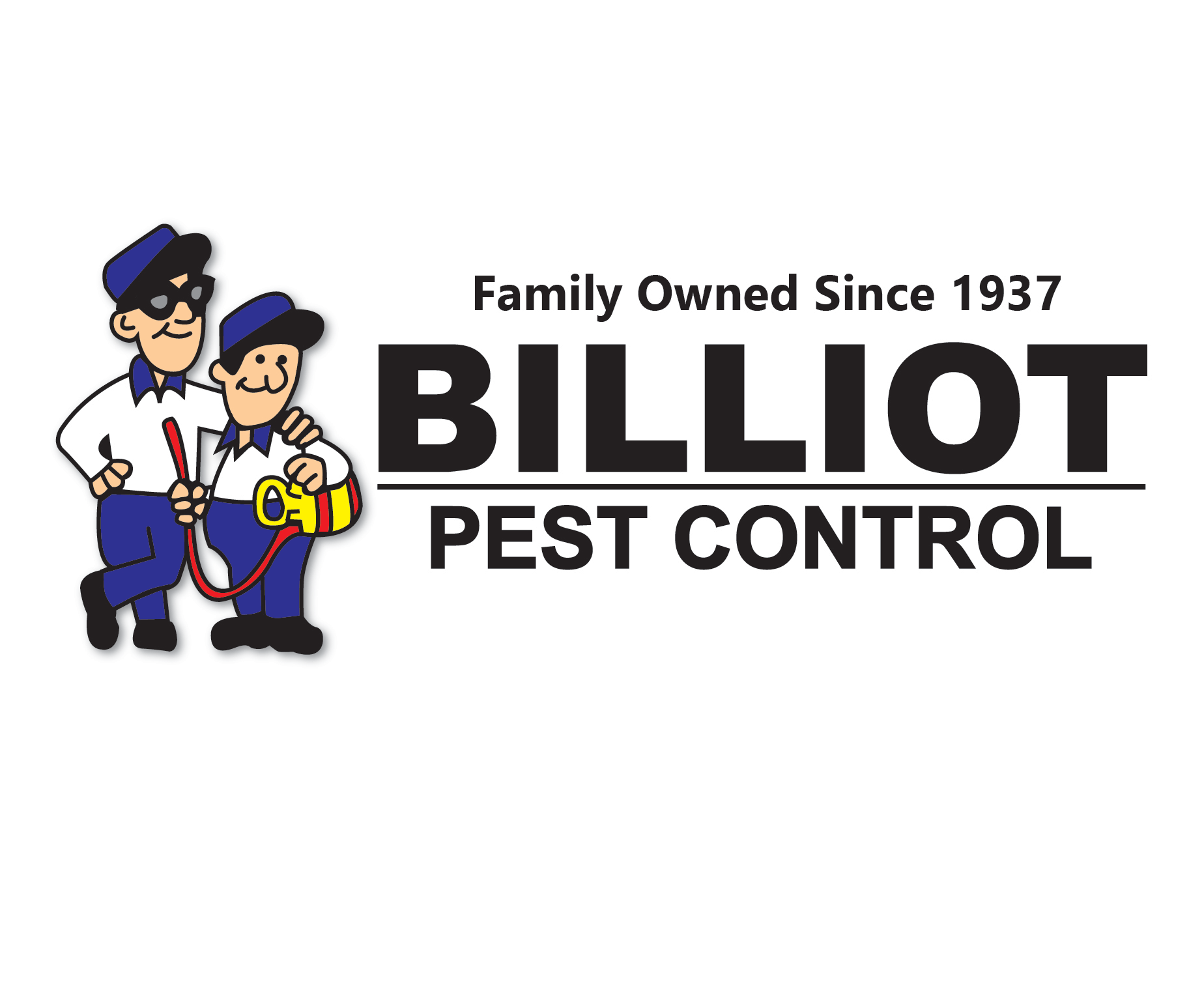Hornets
Hornets
More Information
While taxonomically well-defined, there may be some confusion about the differences between hornets and other wasps of the family Vespidae, specifically the yellowjackets, which are members of the same subfamily. Yellowjackets are generally smaller than hornets and are bright yellow and black, whereas hornets may often be black and white.
Some other large wasps are sometimes referred to as hornets, most notably the bald-faced hornet (Dolichovespula maculata) found in North America. It is set apart by its black and ivory coloration. The name "hornet" is used for this and related species primarily because of their habit of making aerial nests (similar to the true hornets) rather than subterranean nests. Another example is the Australian hornet (Abispa ephippium), which is actually a species of potter wasp.
Bald-Faced Hornets
The bald-faced hornet belongs to the Genus Vespula. Bald-faced hornets are more closely related to yellow jackets than they are to hornets.
Giant Hornet
The Vespa crabro is also known as the European or giant hornet. The giant hornet closely resembles the bald-faced hornet.
European Hornets
This hornet was brought to the U.S. from Europe and is a large brown insect with yellow stripes and a pale face. European hornets eat grasshoppers, yellow jackets and bees.
Hornet Nest
Hornet nests are composed of a paper substance derived from saliva and wood pulp. They are located within or atop trees, in attic rafters and in other covered areas.
What Do Hornets Eat?
Hornets are predaceous and feed primarily on other insects. Controlled populations of hornets can assist in pest control, although a nest located near or inside a home may prove extremely dangerous to humans.
Getting Rid of Hornets
Pest control professionals should be consulted before attempting to treat any hornet infestation. Hornets are typically aggressive, and some individuals may be allergic to their sting.
Bees and Hornets
Bees are flying insects that feed on pollen and nectar. They have segmented bodies, two pairs of wings and antennae. Of these species, the Western honeybee is most revered.
Get A Free Estimate
Free Estimate Form Submission
Thank you for contacting us.
We will get back to you as soon as possible
We will get back to you as soon as possible
Oops, there was an error sending your message.
Please try again later
Please try again later
Click Here to Call Us

Southshore 504-365-0075 or Northshore 985-893-5083
©
Copyright
Billiot Pest Control


